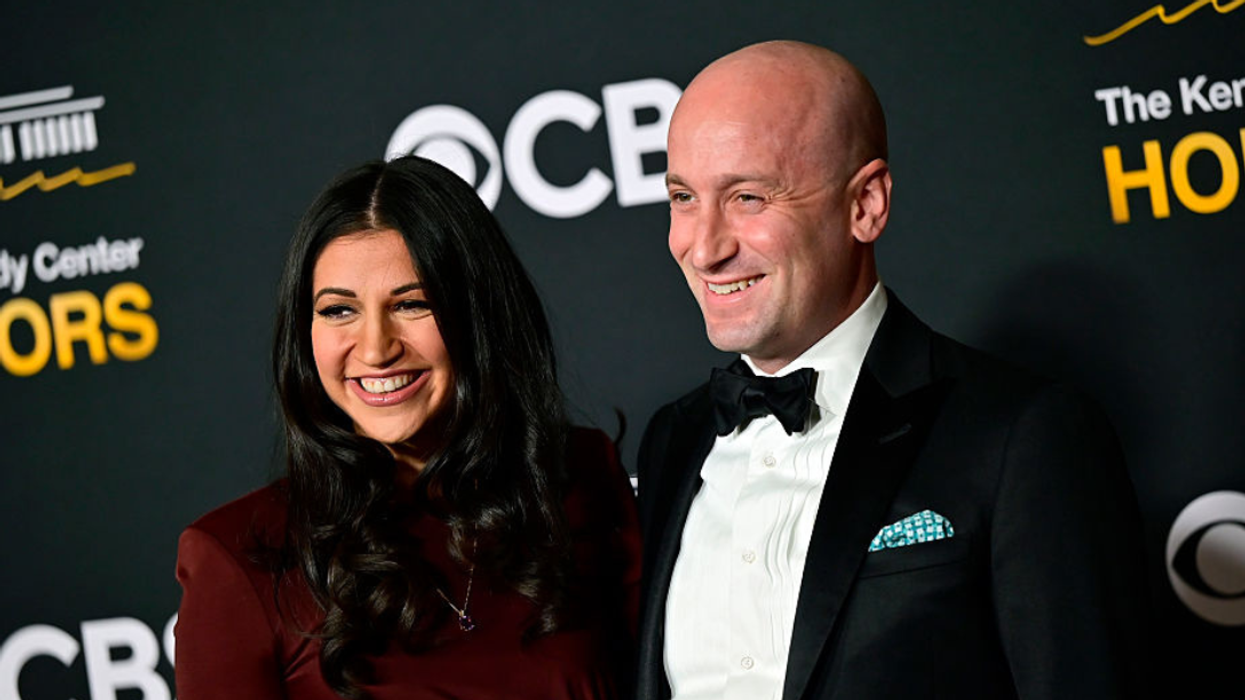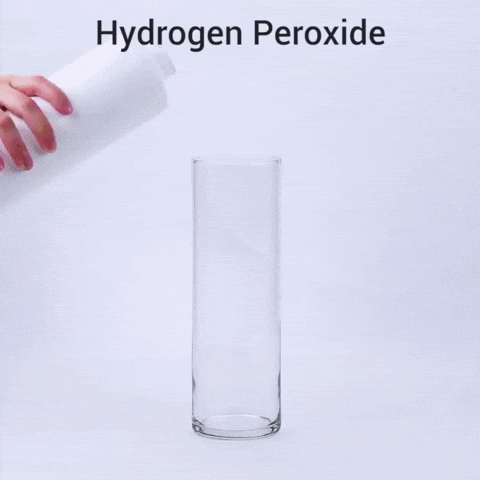After flipping the House of Representatives from red to blue in the 2018 midterm elections, Democrats vowed to tackle voter suppression as their first act. The midterm elections were fraught with charges of voter suppression in several states including North Dakota, Florida, Georgia and Ohio.
Some went to court and prevailed on the side of voting rights while others upheld attempts to suppress largely minority voting rights.
In response, House Dems plan to strengthen the Voting Rights Act weakened due to a Supreme Court decision gutting the Voting Rights Act. Democrats also plan to institute automatic voter registration.
As of October 2018, eight states and the District of Columbia provide automatic voter registration to their residents. Maryland, New Jersey, Washington and Massachusetts also plan to implement automatic registration.
Seventeen states and Washington DC allow same day voter registration, meaning voters can register and vote on the same day and often in the same place. Automatic voter registration would reduce the number of voters needing to register in each election cycle dramatically.
Many of the states that use automatic voter registration do it through their Department of Motor Vehicles and issuance of driver's licenses and state IDs. Unless a resident opts-out of registering to vote, they are automatically registered when their license or ID is issued.
After public outcry over voter suppression efforts in the 2018 midterms, the public support for the voting rights reforms Democrats propose ran high.
People decried voter suppression efforts days after the election.
The topic is still on the minds of many in the United States.
While Democrats may not get their bill passed through a Republican controlled Senate or a GOP President, voters will know who voted for and against their right to vote.














 Hide Blanket GIF by Instanietje
Hide Blanket GIF by Instanietje  Foam Reaction GIF
Foam Reaction GIF  Mental Health Therapy GIF by All Better
Mental Health Therapy GIF by All Better 

 Friday Driving GIF by FIA World Rally Championship
Friday Driving GIF by FIA World Rally Championship  episode 11 bad food GIF
episode 11 bad food GIF  talking homer simpson GIF
talking homer simpson GIF 
 Cartoons Button GIF by Nickelodeon
Cartoons Button GIF by Nickelodeon 
 @DanTML_/YouTube
@DanTML_/YouTube @voeqx7894/YouTube
@voeqx7894/YouTube @hendrxx9593/YouTube
@hendrxx9593/YouTube @anakinskywalker8877/YouTube
@anakinskywalker8877/YouTube @getshiddonn/YouTube
@getshiddonn/YouTube @sachmanyo/YouTube
@sachmanyo/YouTube